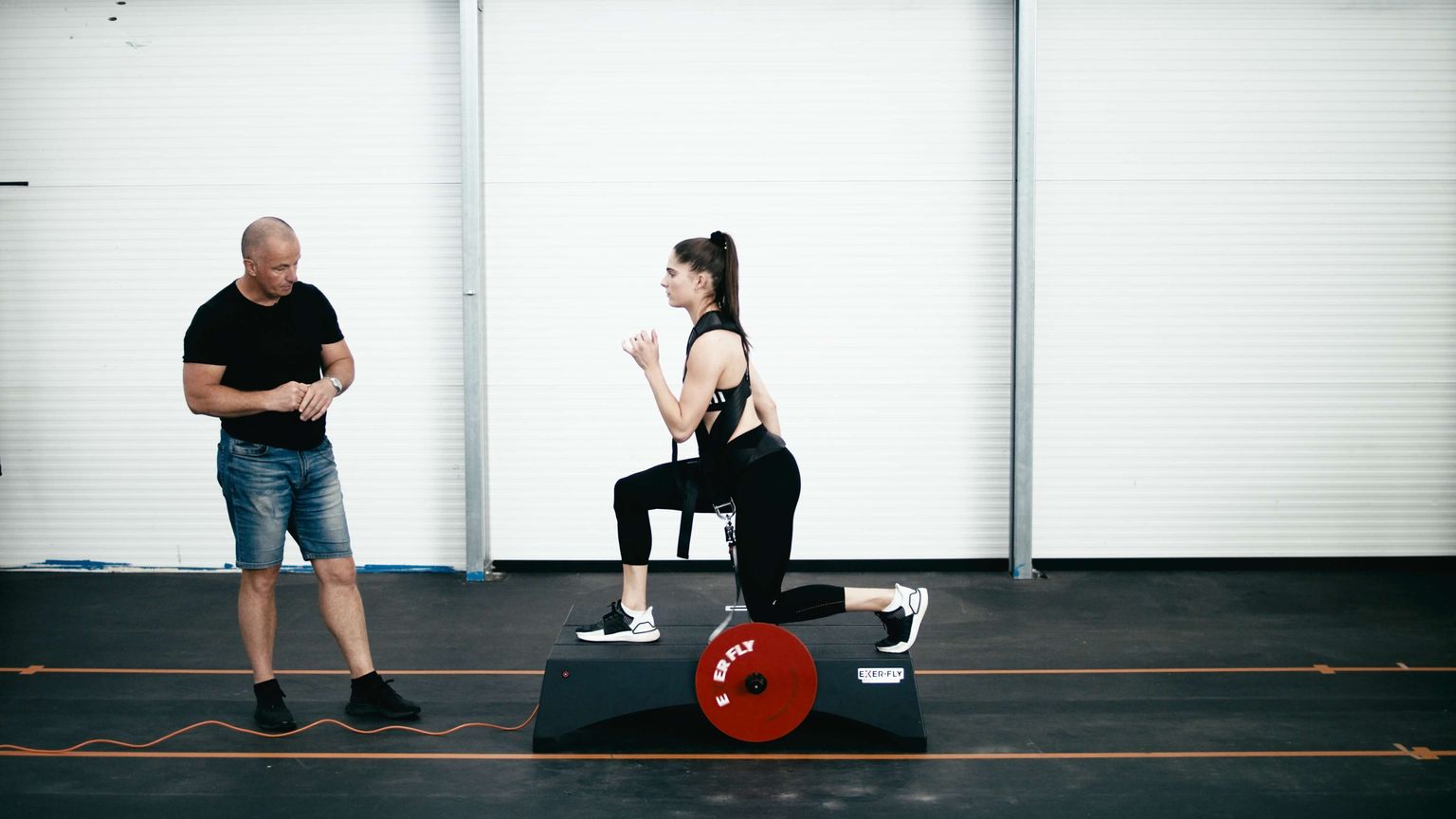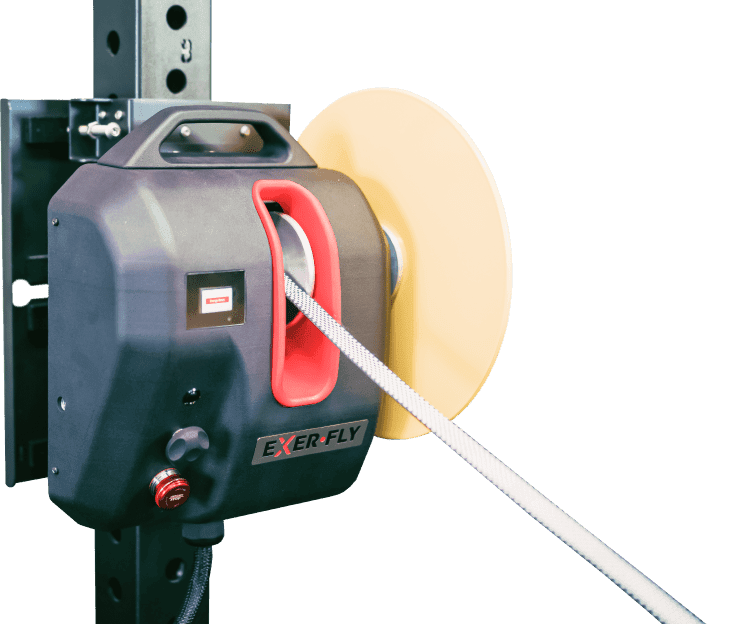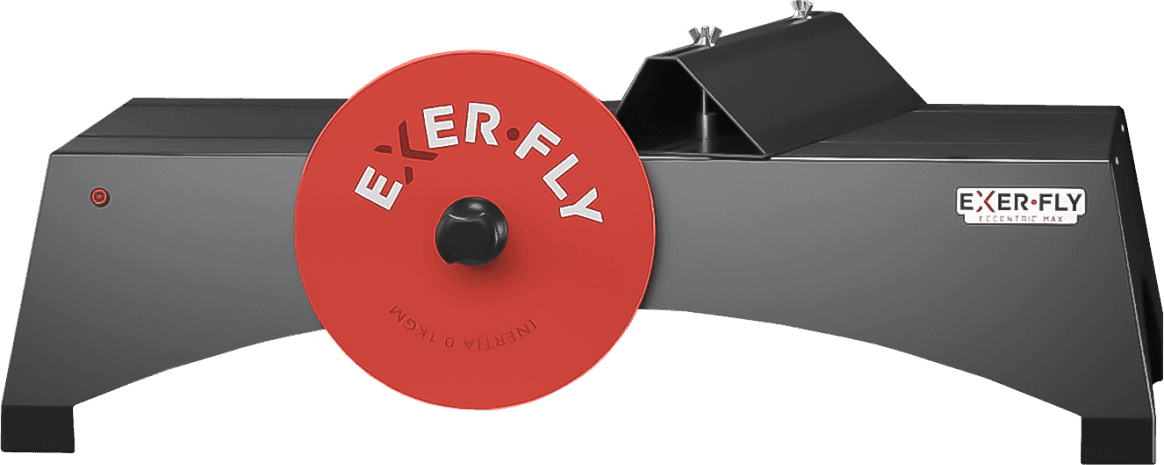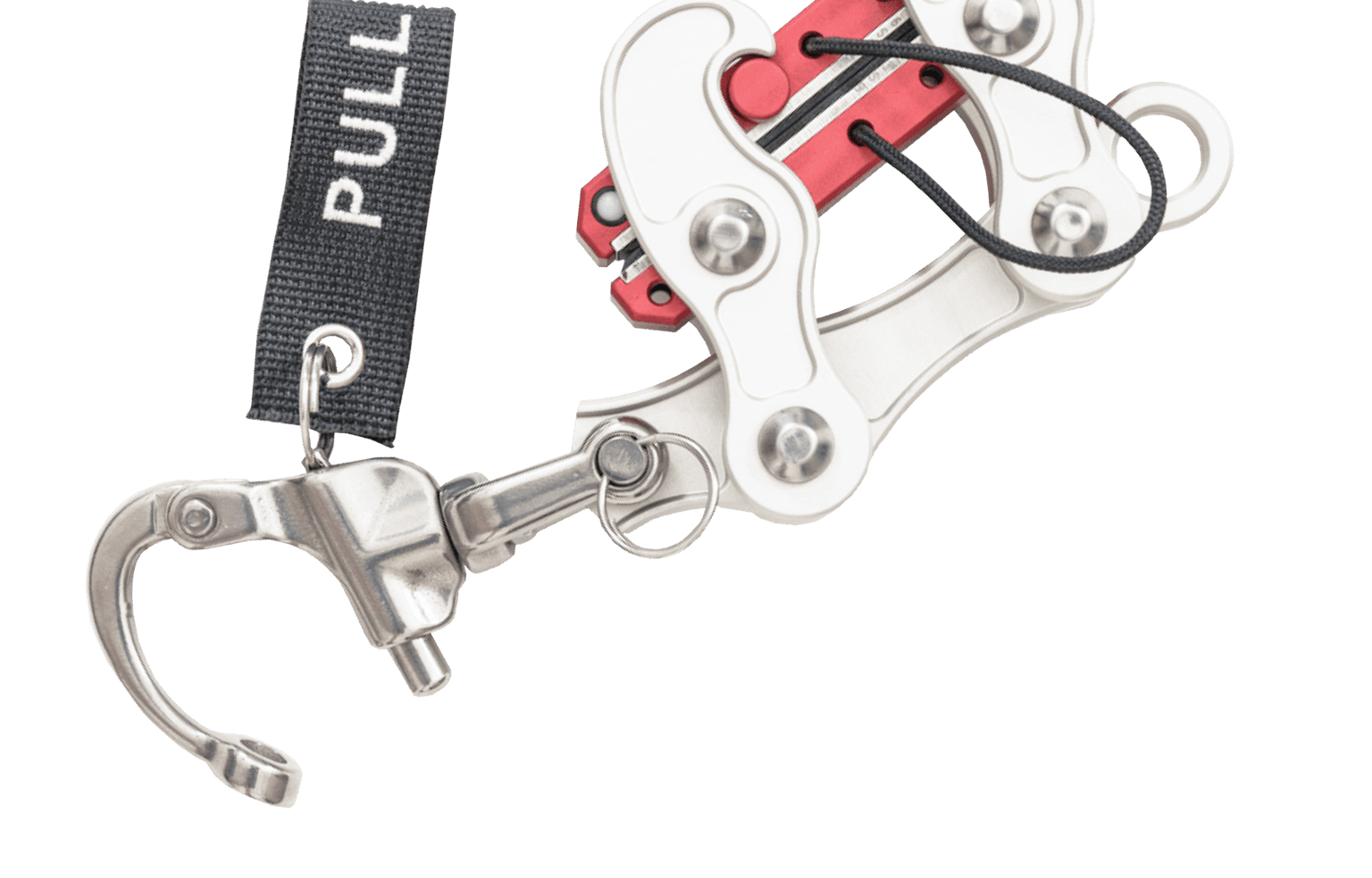
Chronic effects of flywheel training on physical capacities in soccer players: a systematic review
Introduction
Flywheel devices were designed to help the muscle mass maintenance of space travelers exposed to non-gravity environments. Applying flywheel training as a resistance training method has caused desirable neuromuscular and task-specific adaptations across clinical and sports performance contexts.
This review aimed to provide a detailed summary of how flywheel training enhances strength and physical capacities, specifically in healthy and athletic populations.
What They Did
The reviewers conducted a literature search on PubMed, SPORTDiscus, and Web of Science of the following keywords: eccentric overload training, flywheel training, sports performance, and muscular strength. Once studies were found, the following inclusion criteria were applied:
- Participants: Ranging from healthy adults and amateurs to professional sporting populations between the ages of 17–40.
- Interventions: Single and multi-component flywheel training programs to enhance physical and/or strength capacity.
- Comparison group: Usual (no additional training) or alternative resistance training.
- Outcome measures: Jumping performance, sprinting performance, change of direction performance, swimming performance, isokinetic strength performance, eccentric hamstring strength performance, one-repetition maximum (1RM) strength, concentric power, eccentric power.
What They Found
The review found evidence in flywheel post-activation performance enhancement protocols highlighting that such protocols are effective for enhancing isokinetic hamstring strength, jump, and COD performance with athletes.
All studies supported flywheel training for improving muscular strength, power, and jump performance in healthy and athletic populations. They reported 3–10% improvements in countermovement jump performance when 4–6 sets of 6–10 repetitions of all-out flywheel half-squats were performed.
Practical Application
When implementing flywheel training, it is recommended that practitioners use lower inertia for power-based actions and individualized training (i.e., create inertia-velocity or inertia-power profiles) if feasible. For example, if you were looking to target your muscle size and adaptations, your training routine could look as follows:
- 4-10 weeks
- Bi-weekly flywheel training
- 3-4 sets a day
- 2-minute rest between sets
Reference
Allen, W. J., De Keijzer, K. L., Raya-González, J., Castillo, D., Coratella, G., & Beato, M. (2021). Chronic effects of flywheel training on physical capacities in soccer players: a systematic review. Research in Sports Medicine, 1-21.






